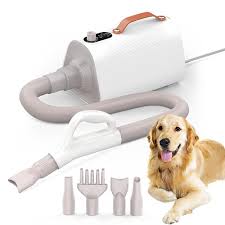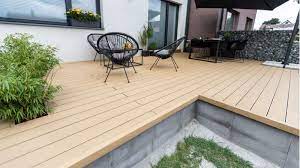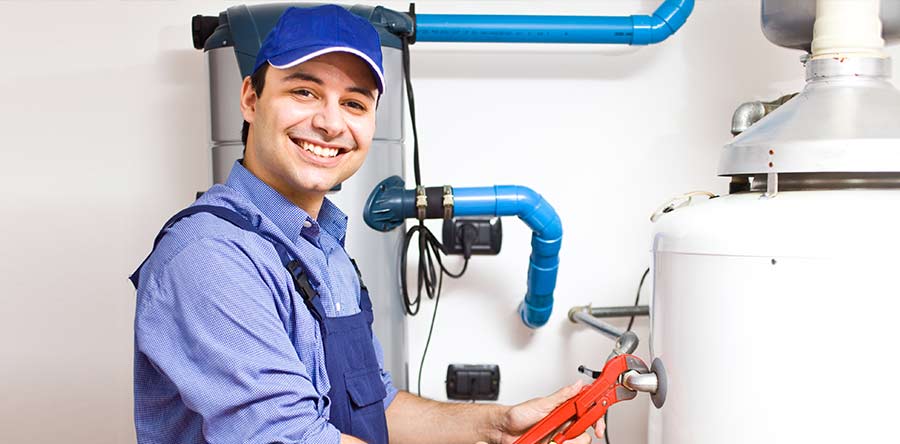
Achieving Ideal Temperature and Humidity with Cannabis HVAC Systems
In the fast-growing cannabis industry, maintaining the best environmental conditions is vital to the health of the plant and for product quality. One of the most important components of this environment is the HVAC (Heating and Ventilation as well as Air Conditioning) device. Proper HVAC design in the cannabis cultivation facility makes sure that plants get the proper amount of light, temperature, humidity, and air circulation. Here’s a comprehensive guide to understanding the essentials in cannabis HVAC layout.
1. Temperature Control
Cannabis plants thrive within specific temperatures, typically between 65degF and the temperature of 80 degrees (18degC between 27 and 28degC). The deviations can strain plants and affect yields. In the vegetative phase, slightly cooler temperatures are preferable and during flowering temperatures, a warmer climate can enhance growth. HVAC systems must be able to maintain the temperature consistently. This typically involves utilizing both cooling and heating systems, which include heaters, air conditioners, and sometimes even specialized cooling units such as chillers for larger scale operations.
2. Humidity Regulation
Controlling humidity is essential to prevent mold, mildew and other plant diseases. Cannabis plants need high humidity levels in the vegetative phase, but less humidity during flowering to avoid the onset of bud rot. The ideal humidity ranges from 40 60 to 40%. A HVAC system in a cannabis facility usually includes humidifiers and dehumidifiers. Properly sized air handling units and ductwork (AHUs) are vital to evenly distribute air and control humidity effectively throughout the area of cultivation.
3. Air Circulation and Ventilation
Air circulation is essential to ensure an even distribution of temperature and humidity making sure that all plants receive uniform conditions. It also assists in the elimination of old atmosphere and introducing fresh air. HVAC systems used in cannabis grow rooms typically contain ducts and fans to improve airflow. Exhaust systems are essential for removing excess heat, humidity, and odors. Intake systems ensure a steady intake of clean air.
4. Filtration
Cannabis cultivation can cause strong odors, which must be controlled effectively. HVAC systems must include carbon scrubbers and high-efficiency filters to remove particles and odors from the air. This is especially important in urban areas or regions that have strict regulations for odor control.
5. Energy Efficiency
Due to the huge energy requirements of HVAC systems in cannabis establishments, energy efficiency is a key factor to take into consideration. investing in equipment that is energy efficient and installing smart controls can lower operational costs. The ability to program thermostats and sophisticated monitoring systems can help in optimizing HVAC efficiency and reducing energy consumption.
6. Compliance and Safety
Finally, ensuring the compliance of local regulations is essential. HVAC systems should meet construction codes and industry standards. Additionally, safety measures, such as regular maintenance and inspections are vital to avoid breakdowns of the system which could affect the health of plants.
In short, successful cannabis hvac designs require careful thought and the integration of temperature control, humidity management, air circulation, the filtration process, as well as energy efficient. Through addressing these issues, growers can create an ideal environment that supports healthy growth of the plant and increases yield.




